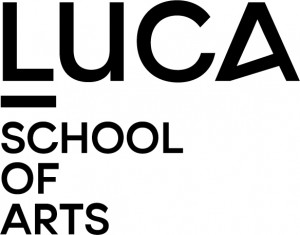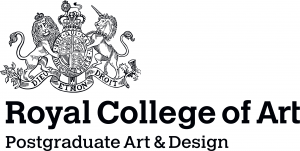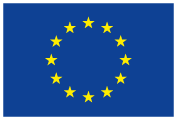 21st – 22nd November 2016
21st – 22nd November 2016
Royal College of Art, London
TRADERS - ‘Training Art and Design Researchers for Participation in Public Space’ – is a three year EU Marie Curie research project examining different dimensions and roles of participation in public space. In the project’s closing conference we would like to invite participants to join us in exchanging experiences and knowledge in the field of participation in art and design.
TRADERS focuses on processes that bring together citizens, designers, artists, architects, policy makers, local social and cultural organisations, start-up companies, and industries. Therefore, the TRADERS conference invites participants from a wide range of fields to submit contributions in the form of academic papers for paper sessions, as well as visual contributions of participatory (art and design) projects for an exhibition.
The conference will explore approaches through which artists and designers can pursue the empowerment of publics in the decision-making for, and co-creation of, public space. Operating within the context of public space means dealing with discrepancies between a multiplicity of forces (e.g. political, economical, environmental, legal, etc.), concerns (e.g. social justice, privatisation, digitalisation, etc.) and actors (e.g. citizens, policy makers, urban planners, etc.). Artists and designers who aim to empower citizens in often ‘agonistic’ spaces [i] need to mediate between various aspirations in order to help bring about desired social and/or political change. Such a mediation can take shape in many ways: mediating between different stakeholders, between the client and the public, between different publics, between top-down and bottom-up, between theory and practice, between ideas and action, between imaginaries and reality, and so on.
In this conference we are exploring six possible approaches to mediation for artists and designers that aim for civic empowerment:
- Data Mining – data-driven methods to mediate between the top-down and bottom-up to promote citizen empowerment in the ‘smart city’;
- Intervention– a method to mediate between ephemeral actions and long-term effects on civic participation in public space;
- Play – mediating between realities and imaginaries of children and adults in their experience of, and participation in, public space;
- Modelling in Dialogue – mediating between different actors and voices by modelling multivocality within participatory processes;
- Multiple Performative Mapping – performative and participatory mapping as a method to mediate power configurations in the digital-physical urban lanscape;
- Curating - exploring if and how the curatorial negotiates and mediates between knowledge boundaries in art and design.
Through different paper sessions, exhibition sessions, keynote sessions and reflection sessions we will ask:
- What alternative empowering practices exist in art and design that can promote citizen participation?
- How can artists and designers “make a difference”[ii] within existing/established distributions of power?
- How can they use their agency to empower others (e.g. citizens) to bring about desired social or political change?
- In other words, through what means, modes and/or practices can artists and designers mediate between multiple actors with diverse agencies?
The keynotes will explore how designers’ agency and attitudes towards the design and production of public spaces have evolved over the last decades; how issues of gender play a role in the use, behaviour and appropriation of public space by a multiplicity of publics; how different participatory approaches can reconfigure existing power relations in art and design processes, and how new technologies can promote greater citizen participation in the design, use and sustainability of public space.
[i] Mouffe, C. (2000) Deliberative Democracy or Agonistic Pluralism. Political Science Series 72, C. Neuhold (Ed.). Vienna: Department of Political Science, Institute for Advanced Studies (IHS).
[ii] Giddens, A. (1984) The Constitution of Society: Outline of the Theory of Structuration. Berkeley, California: University of California Press. p.14.



![]()


